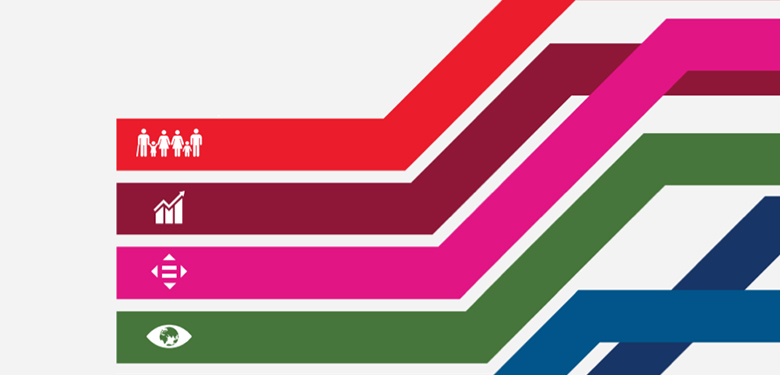
Asia is failing on the SDGs
On its current trajectory, Asia and the Pacific will not achieve any of the 17 Sustainable Development Goals (SDGs) by 2030, according to a new report by the United Nations Economic and Social Commission for Asia and the Pacific (ESCAP). The study finds that for more than half the SDGs, progress has stagnated or actually gone into reverse.
The situation is deteriorating in a number of areas including providing clean water and sanitation (SDG6), ensuring decent work and economic growth (SDG8) and supporting responsible consumption and production (SDG12). Nevertheless, the region has made reasonable progress towards ending poverty (SDG1), ensuring all have access to quality education and lifelong learning (SDG4) and achieving affordable and clean energy (SDG7).
Yet even where good progress has been made, ESCAP says it is too slow for these goals to be met by 2030. In particular, many SDG targets related to the environment and natural resources are registering negative trends. Hazardous waste generation, the reduction in forest areas and the permanent water body extent are the three SDG indicators which are predicted to regress the most by 2030, compared to 2015.
There are major differences between the subregions of Asia and the Pacific which have recorded different successes and face different challenges, says the report. Progress towards different Goals has been made by all subregions, but all subregions need to reverse negative trends. The lack of sufficient progress on strengthening global partnerships and means of implementing the 2030 Agenda (Goal 17) is something all subregions have in common. Progress towards this Goal is necessary to ensure Asia has the means to finance, target and implement policy solutions to achieve all Goals, it says.
Across all Goals and in all subregions, ESCAP calls for urgent action to reverse these negative trends saying that there is a need to target efforts to accelerate progress towards all Goals and to strengthen the region’s commitment to improving the quality of data and statistics essential to measuring progress. Indeed, the lack of reliable data across all SDGs and in all subregions is one of the Asia and the Pacific’s biggest challenges. Despite a significant increase in the availability of SDG indicators since 2017, data gaps remain for two-thirds of the global SDG indicators. Nearly one-quarter of all SDG targets lacking evidence relate to the environment.